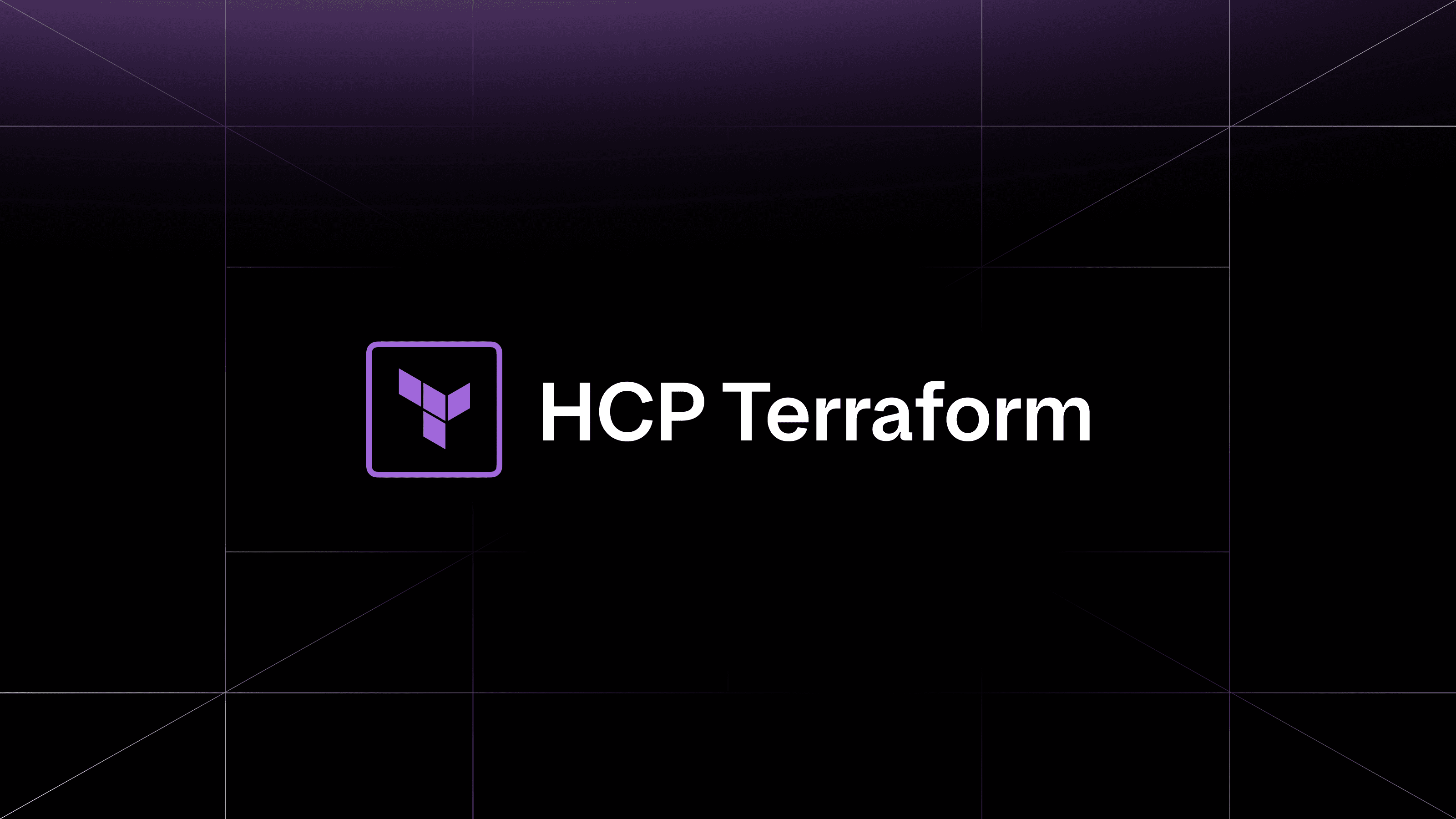At HashiCorp, we take pride in our community and community contributions. As the quantity and adoption of our open source projects increases, it introduces more complexity in daily maintenance and triage. To help scale the community management of our GitHub repos, we are introducing “HashiBot” on GitHub.
HashiBot has a simple mission - take the clear, unambiguous actions that our maintainers make every day, so our maintainers can focus on code and the larger community. It will label issues, move issues, notify maintainers about issues that require prompt attention, and otherwise handle the manual maintenance tasks that tend to take up maintainer time.
We are rolling out features for HashiBot slowly to carefully monitor its impact on the community. Our highest priority is to ensure that HashiBot lives up to our standards of community management and community guidelines. We have already used HashiBot successfully as part of the Terraform provider split. HashiBot will continue to migrate issues created in the core Terraform repository that belong in provider repositories.
Starting today, HashiBot will also detect crashes in the hashicorp/terraform repository and label them accordingly. Maintainers receive a notification when these crashes are identified in issues, helping us to respond quickly and ensure our software stays stable and reliable.
In the future, look for HashiBot to automate more manual community management tasks. If you have feedback, or believe HashiBot did not behave correctly at any point, we would love to hear about it at hashibot-feedback@hashicorp.com.








